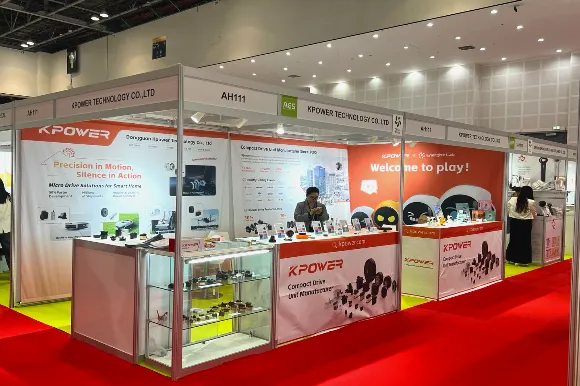Imagine this: You're building a bustling microservices architecture, each piece doing its own thing but yet all working together seamlessly. Sounds nice, right? But then you hit the wall—how do you manage data consistency when everything’s scattered across different services? Enter CQRS, a pattern that might just turn your frustrations into a well-oiled machine.

CQRS, which stands for Command Query Responsibility Segregation, is one of those design patterns that sounds fancy but is surprisingly intuitive once you get it. It separates the reading of data from the writing of data—the commands and queries, basically. Why bother? Well, in a microservices landscape, it’s all about optimizing, scaling, and keeping things neat. When your write operations and read operations are handled differently, each can be tuned independently, making your entire system more responsive and resilient.
Now, why is CQRS like that secret weapon in microservices? Think about it—if you have a large e-commerce platform, you want customers to see instant updates on product availability, yet the underlying process of updating stock is complex and needs to be accurate. With CQRS, the write side handles all that heavy lifting—checking inventory, updating databases—without slowing down the customer-facing reading operations. Meanwhile, the read side can serve slashed-down, optimized data, making sure users get fast responses, even during peak hours.
People often wonder, “Isn’t managing two models more complicated?” It can be, but the beauty lies in the flexibility. Asynchronous messaging between command and query sides creates a buffer, reducing latency and preventing bottlenecks. Picture a scenario: a customer drops an order; the command side kicks into gear, updating records, and asynchronously, the latest status is updated on the query side. The user gets near real-time updates without waiting for backend processes to finish.
Of course, adopting CQRS isn’t a silver bullet. It’s a strategic choice—best suited if your system needs high scalability and you’re okay with additional complexity. For smaller projects, the overhead might outweigh the benefits. But for large-scale platforms where data consistency and performance matter, it’s worth exploring.
Questions? It’s natural to ask how CQRS fits into current microservice architecture—imagine your system as a busy city with various long-distance trains. Separating read and write paths is like having dedicated train lines—more efficient, less congested, and easier to maintain. Plus, combining CQRS with event sourcing can make your data history clear as day, helping you debug and analyze issues with ease.
So, if you're looking to push your microservices to the next level, think about CQRS. It’s not just about pattern adoption; it’s about understanding the flow of data and ensuring your system can handle rapid growth without breaking a sweat. After all, in today’s fast-paced digital world, responsiveness and robustness aren’t optional—they’re the baseline.
Established in 2005, Kpower has been dedicated to a professional compact motion unit manufacturer, headquartered in Dongguan, Guangdong Province, China. Leveraging innovations in modular drive technology, Kpower integrates high-performance motors, precision reducers, and multi-protocol control systems to provide efficient and customized smart drive system solutions. Kpower has delivered professional drive system solutions to over 500 enterprise clients globally with products covering various fields such as Smart Home Systems, Automatic Electronics, Robotics, Precision Agriculture, Drones, and Industrial Automation.




































